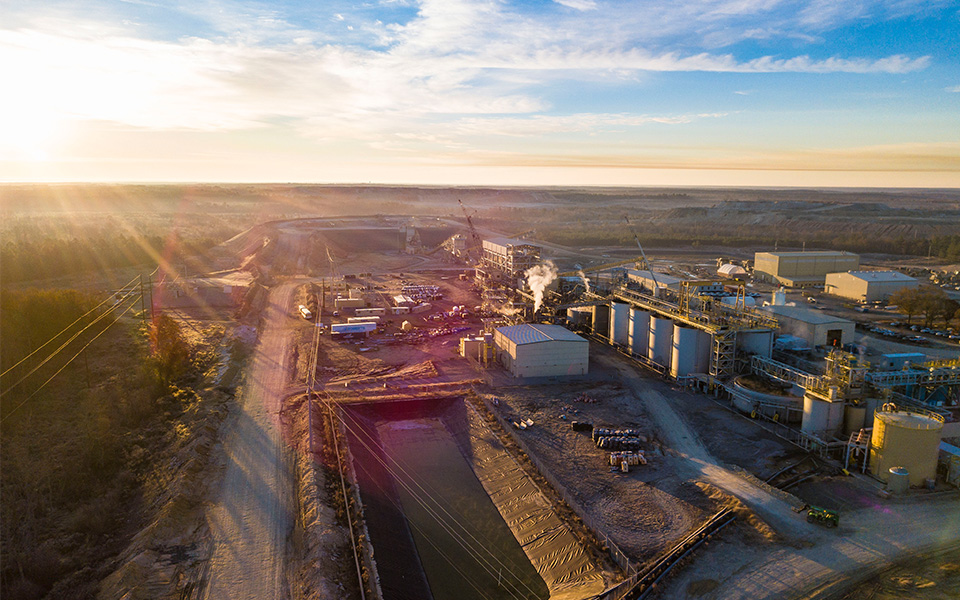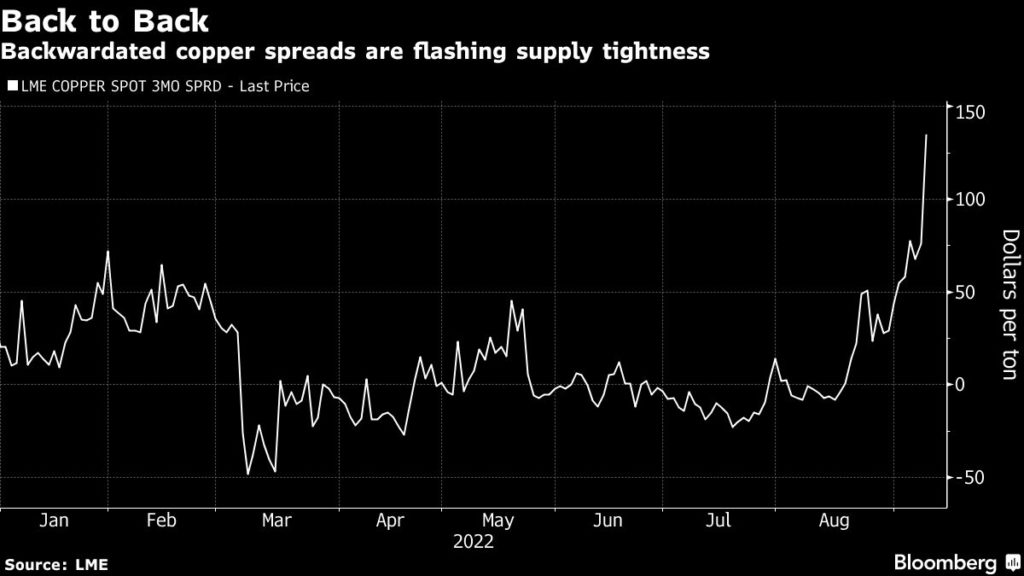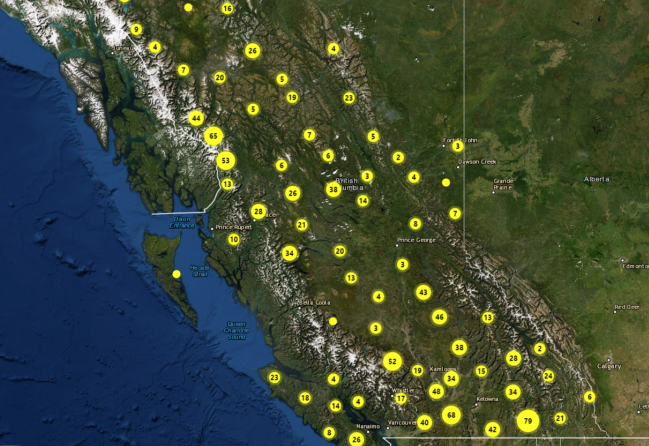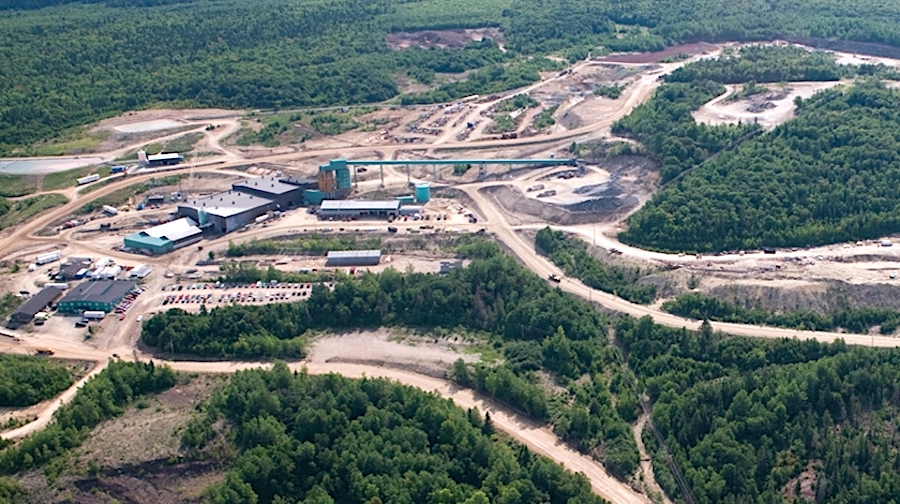Mining
Friday, August 19th, 2022 9:22 am EDT

OceanaGold believes that the comment period and the review period are unlikely to result in a change to the SEIS. The company anticipates the South Carolina Department of Health and Environmental Control and ACOE will issue the associated permits shortly after the ROD is finalized and their permit process is complete.
“The publishing of the SEIS is an important step towards finalizing this process and receiving the related operating permits that will allow commencement of the development of the underground mine, increase Haile’s gold production and help unlock the full value of Haile,” Gerard Bond, president and CEO of OceanaGold, said in a media release.
The ROD and related permits are required to commence development of the Haile underground mine and to expand the operating footprint to allow for additional potentially acid-generating waste containment facilities, overburden facilities and an expanded tailings storage facility.
Located in Kershaw, SC, the Haile gold mine is already the largest gold mining operation on the East Coast, consisting of four open pits, a world-class process circuit, the Duckwood tailings storage facility and associated surface infrastructure.
Gold was first discovered at the Haile mine in 1827, and a rich history of producing significant quantities of gold has since been established. In January 2017, OceanaGold poured first gold from the modern Haile mine after acquiring the asset in late 2015. Commercial production began in October 2017.
Last year, the Haile mine exceeded its full-year production guidance with an annual record of 189,975 oz. of gold produced. The mine has an estimated mine life of 12 years and a proven and probable reserve base of 2.84 million oz. of gold.
According to a preliminary economic assessment, the Haile underground development could boost Haile’s gold production by up to 100,000 oz. a year.
This post has been syndicated from a third-party source. View the original article here.




